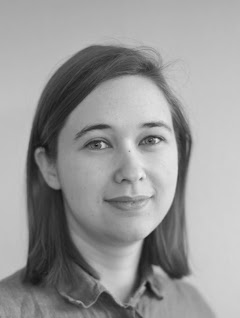Beat
I cover human interest stories in the topics of religion, immigration and the environment.
One Shot

“I went to shoot the fishing industry at Sorta in Norway. Oddly enough, it wasn’t the pictures of the fishing that interested me the most, but the fishermen’s lives outside of work. Meeting Espen, who is in his 20s like me but lives on a farm, gave me insight into how different our lives - as two Norwegians - actually are. This has made me reflect on the causes of a polarised society. When I cover an assignment, I’m not just looking to photograph a specific image, I’m trying to learn the lives of my subjects. When Espen comes home from working with the fish, he feeds the sheep on the farm. I tried to capture the quietness of the moment in this frame.”
Profile
When I was 18, I volunteered for a month in Ghana by myself. I had just bought my first camera and discovered that photography yielded an intimate way to be invited into strangers’ lives. I began to look at the world differently. Instead of using photography to document my own life, I used it to share the stories of the people I met in Ghana.
I covered the LGBTQ community in Tel Aviv when working as an intern at a photo agency at the age of 20 in a new country. While standing in a corner of a glittering nightclub on a dirty industrialised street of Yafo, the drag queens called me a daughter. I was naive and vulnerable when I started the project but by the end, I had learned the invaluable lesson of trusting the people I photographed.
I have always felt like an observer, and photography has enabled me to use my observations to tell stories that challenge others.
The assignment that has left the biggest mark on me must be my journey with Edith Notowicz to the 75th anniversary of the liberation of Auschwitz. Growing up, I felt such shame each Holocaust Remembrance Day. My grandfather, Robert Savosnick, was one of the 34 Norwegian Jewish Holocaust survivors, yet I never felt a great pull to read his book on his experiences or hear about the Holocaust from my mother. Edith and Reuters gave me the opportunity to visit Auschwitz for the first time and learn about the unimaginable so I could communicate the story to others.
To remember, one must imagine. I read “Images in Spite of All” by Georges Didi-Huberman about pictures taken at Nazi concentration camps, and understood how important it is to create different narratives using images as proof of history.
Don’t be afraid to ask for advice. I often do. Corinne Perkins, a mentor of mine from Reuters, once looked at my personal work. It was in chaos. I had tried to cover everything in one story. With patience, she helped me understand that I was working with several stories at once. I think many of us young photographers in a competitive industry, are trying to do everything at once, but that can easily lead to confusion instead of focus. To have a mentor can therefore be crucial.
On a personal level, the person I admire most is my mum. The moment she fell ill, I realised the huge impact she has on me. On a professional scale, I am deeply inspired by Fred Ritchin and his thoughts on the future of photography. He was the first to make me conscious of the dominating language of photography, as well as the possibility to soften it.
We have been looking at still photography more or less the same way, from analog to digital, from one front page most will read but disagree upon, to the web with millions of outlets where we often choose to read what we already agree with. The biggest revolution so far must have been the caption, which was decades ago. I believe we will consume photography differently in the future. An example would be the Four Corners project, where a still image on the internet can be made interactive by adding clickable information to each corner of the frame. The viewer will then have immediate access to lots of context with each image.
Behind the Scenes


